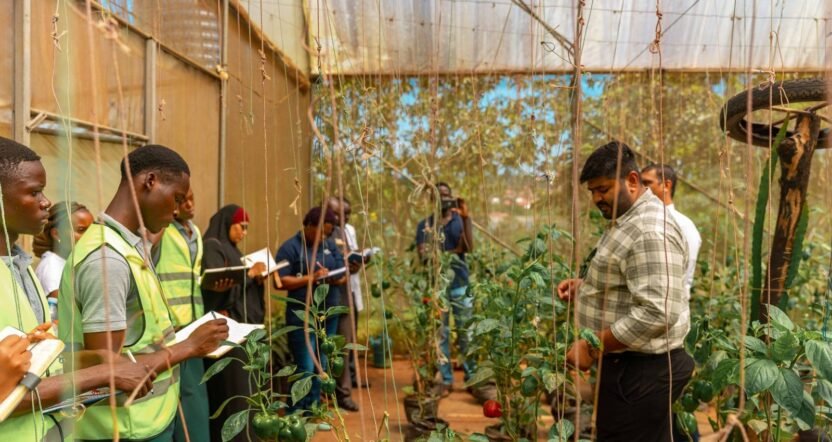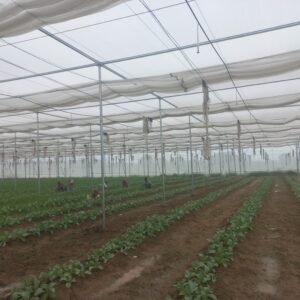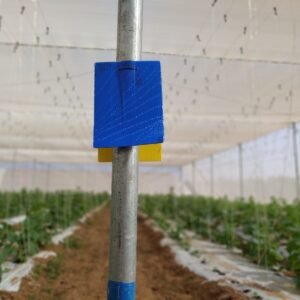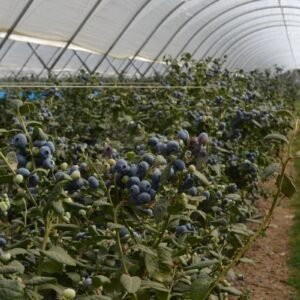CEA / Greenhouse farming is rapidly transforming agriculture across East Africa. As the continent grapples with the severe impacts of climate change, soil degradation, and unpredictable rainfall, greenhouses offer a controlled environment where crops can flourish year-round. This innovative method is enabling African farmers to achieve higher yields, conserve vital resources, and boost their incomes, paving the way for a more food-secure and economically resilient future.
Why CEA / Greenhouse Farming is Emerging in East Africa
Several key factors are driving the rapid growth of CEA / greenhouse farming across the continent:
- Climate Change: Rising temperatures, prolonged droughts, and erratic rainfall patterns are making traditional open-field farming increasingly risky. Greenhouses protect crops from extreme weather, ensuring more reliable harvests.
- Food Security: With greenhouses enabling continuous crop production, they offer a sustainable way to address persistent hunger and malnutrition, helping stabilize food supply throughout the year.
- Urbanization: Rapid urban growth in Africa has increased the demand for fresh produce. Greenhouse farming provides a consistent and scalable solution to meet the food needs of burgeoning urban populations.
- Youth Innovation: A new generation of young African entrepreneurs is embracing greenhouse farming, utilizing modern technologies, mobile apps, and innovative business models to make agriculture more efficient and profitable.
- Government and NGO Support: Governments and NGOs are promoting greenhouse farming through funding, training programs, technical support, and policy incentives, making it easier for farmers to adopt and sustain this farming method.
How CEA / Greenhouse Farming Works
CEA / Greenhouse farming involves cultivating crops in a protected environment where variables like temperature, humidity, and light are controlled. This method offers several key advantages, particularly suited to Africa’s diverse climatic conditions:
1. Extended Growing Season
One of the most significant advantages of using a greenhouse is the ability to extend your growing season. Unlike traditional farming, which is limited by seasonal cycles, greenhouses allow for year-round production. This continuity not only stabilizes food supply but also helps maintain steady income for farmers.
2. Weather Protection
Protection of plants from bad weather is another benefit of growing plants in a greenhouse. Growing your plants in a greenhouse will prevent them from being waterlogged if you reside in a location with a lot of rainfall. Similarly, if you live in a location with a lot of wind, you can shield your plants from wind damage.
3. Pest and Disease Control
Greenhouses act as a physical barrier against pests, reducing the risk of infestations from insects such as aphids or whiteflies. Shade nets further enhance this benefit by limiting the entry of harmful pests in hot and dry conditions. This 𝖣𝗈𝗎𝖻𝗅𝖾 𝖫𝖺𝗒𝖾𝗋 of protection minimizes crop loss and decreases the need for chemical pesticides.
4. Wider Variety of Plants
With a greenhouse, you can grow a diverse range of plants, including exotic species that may not naturally thrive in your local climate. Greenhouses allow for customization of humidity, temperature, and light—ensuring each plant receives the specific conditions it needs to flourish.
5. Controlled Growing Environment
The ability to regulate temperature, humidity, ventilation, and light is one of the core benefits of a greenhouse. By tailoring these factors, plants grow stronger, healthier, and more uniformly compared to those grown outdoors.
6. Better Water Retention
Shade nets help retain soil moisture by reducing evaporation caused by direct sunlight. This is especially important in water-scarce areas or during dry spells. More moisture in the soil means healthier root systems and better crop yields.
7. Reduced Dependence on Pesticides
Because the greenhouse environment is controlled and pests are less likely to enter, the need for chemical pesticides drops significantly. This not only saves costs but also benefits plant health, soil quality, and consumer safety.
8. Year-Round Gardening Habit
Even during cold winters, greenhouses make it possible to continue growing and nurturing plants. This year-round access to gardening supports hobbyists and professionals alike in maintaining their routines and deepening their passion for plant care.
9. UV Protection
Shade nets are specially designed to block harmful UV rays and regulate the intensity of sunlight reaching the crops. This reduces heat stress, prevents sunburn on plants, and protects delicate crops from temperature extremes, improving overall health and productivity.
10. Resource Efficiency
Greenhouses are designed to use resources more effectively. Water recycling systems minimize wastage, and controlled environments reduce the need for chemical pesticides and fertilizers, promoting more sustainable farming practices.
𝖨𝖿 𝗒𝗈𝗎 𝖺𝗋𝖾 𝗂𝗇𝗍𝖾𝗋𝖾𝗌𝗍𝖾𝖽 𝗂𝗇 𝗏𝗂𝗌𝗂𝗍𝗂𝗇𝗀 𝗈𝗎𝗋 𝗉𝗋𝗈𝗃𝖾𝖼𝗍, 𝗉𝗅𝖾𝖺𝗌𝖾 𝖼𝗈𝗇𝗍𝖺𝖼𝗍 𝗎𝗌 𝖺𝗍:
+𝟵𝟭 𝟵𝟵𝟳𝟰𝟵 𝟭𝟳𝟰𝟭𝟰.











